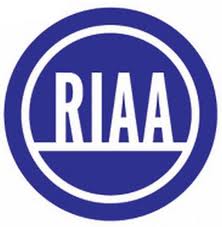September 1, 2008: Google Chrome “Accidentally” Released
Subscribe! Spotify | RSS | More
2008 – It was hailed as a “Mistake” on their blog. With that, Google Chrome is released in Beta on Windows machines. The new browser takes a lot of people by surprise as this was a pretty secretive project – that is, until the comic was released. Google then blogged about it saying:
At Google, we have a saying: “launch early and iterate.” While this approach is usually limited to our engineers, it apparently applies to our mailroom as well! As you may have read in the blogosphere, we hit “send” a bit early on a comic book introducing our new open source browser, Google Chrome. As we believe in access to information for everyone, we’ve now made the comic publicly available — you can find it here. We will be launching the beta version of Google Chrome tomorrow in more than 100 countries.
So why are we launching Google Chrome? Because we believe we can add value for users and, at the same time, help drive innovation on the web.
The browser was suppose to be announced on Sept 3rd. The download was available to the general public on Sept 2nd.
Subscribe to Day In Tech History:
RSS Feed - iTunes - Android - Spotify - iHeartRadio
Facebook -
- RSS Bandwidth by Cachefly Get a 14 Day Trial
- Join me on Patreon and support Day in Tech History
- IPv4 is officially released in 1981.
- The iMac G3 begins shipping
- IBM announces Copper based processors
- The first meeting of the “Virtual Library” project is held
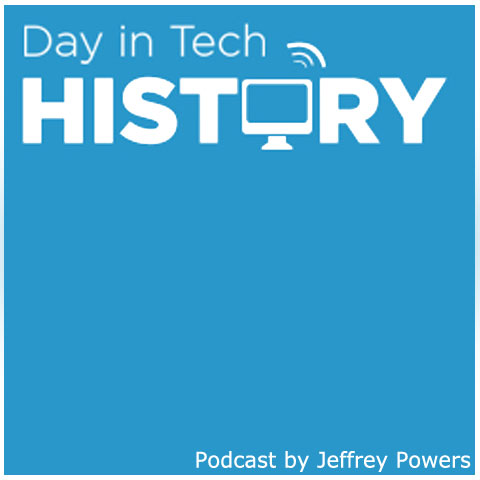
![chrome[1] Chrome](https://dayintechhistory.com/wp-content/uploads/2013/08/chrome1-340x250.jpg)

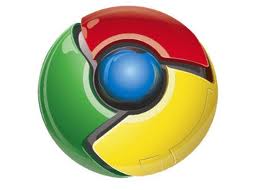
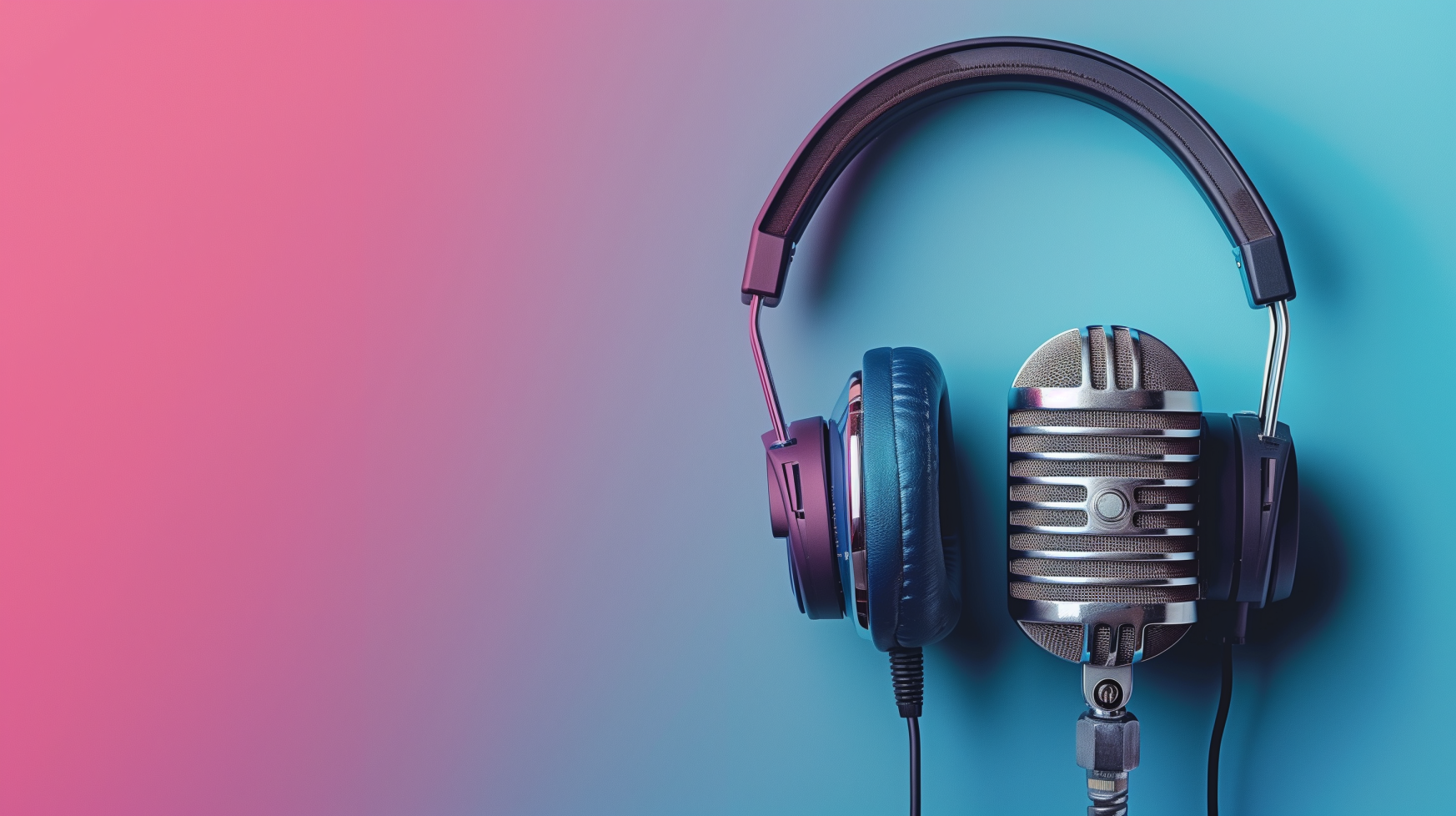
![Adobe-Aldus[1] Adobe - Aldus](https://dayintechhistory.com/wp-content/uploads/2013/08/Adobe-Aldus1-340x250.jpg)
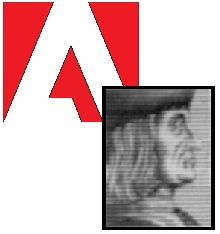
![Office-95[1] Office 95](https://dayintechhistory.com/wp-content/uploads/2013/08/Office-951-340x250.jpg)
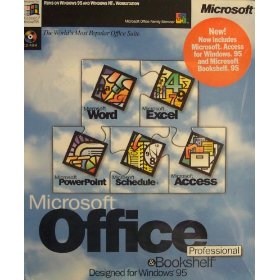
![virusscan[1] Virus](https://dayintechhistory.com/wp-content/uploads/2013/08/virusscan1-340x250.jpg)
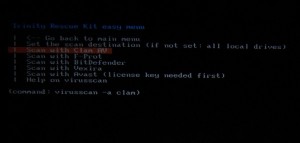
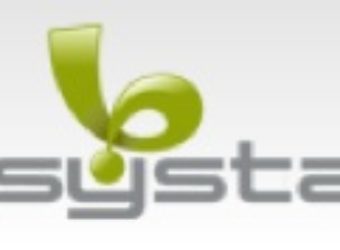

![Mad-Men[1] Mad Men](https://dayintechhistory.com/wp-content/uploads/2013/08/Mad-Men1-340x250.jpg)

![RIAA[1] RIAA](https://dayintechhistory.com/wp-content/uploads/2013/08/RIAA1-340x250.jpg)
